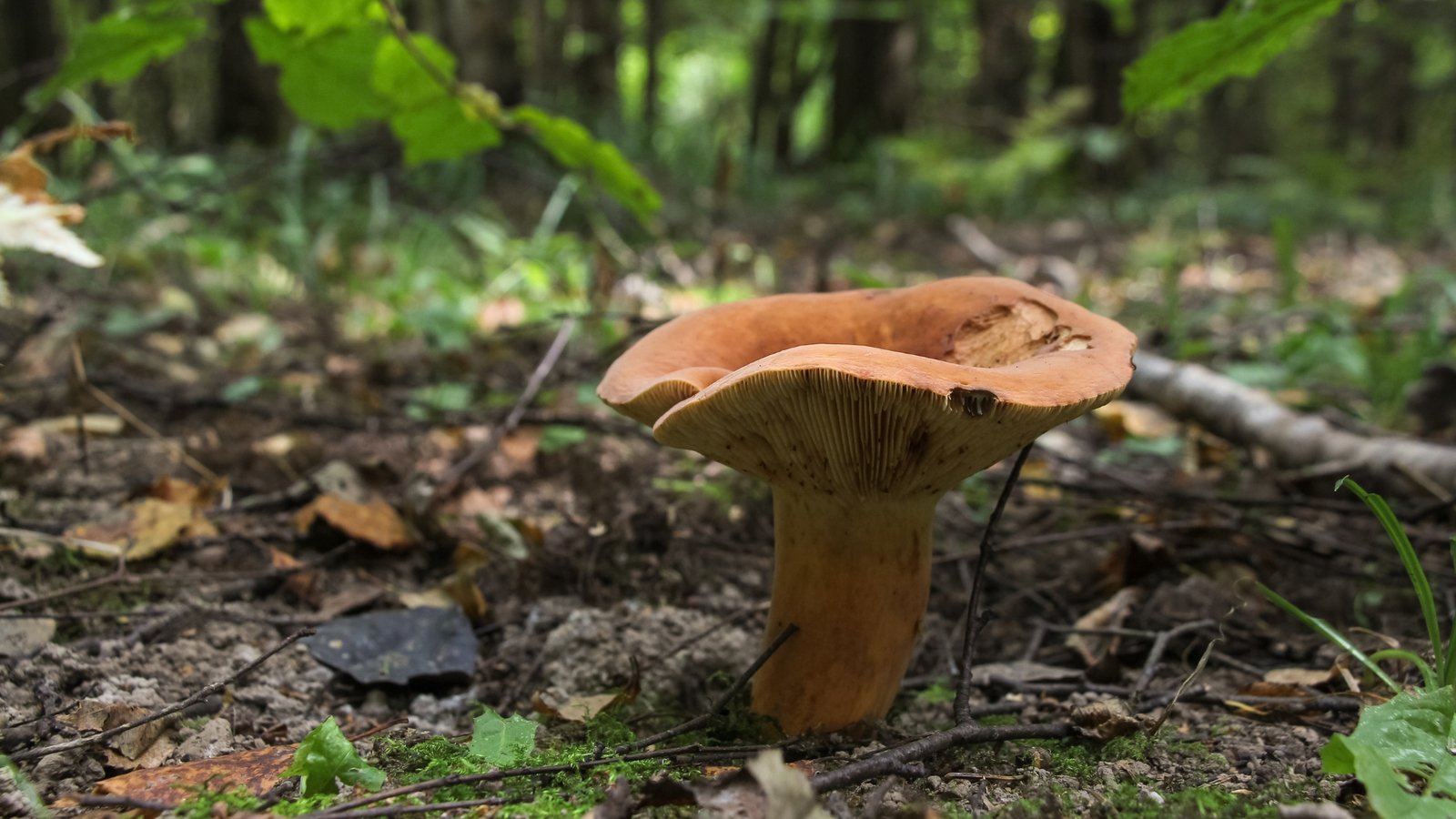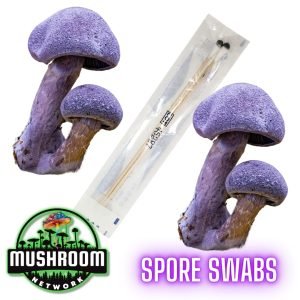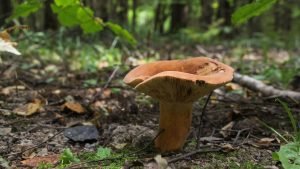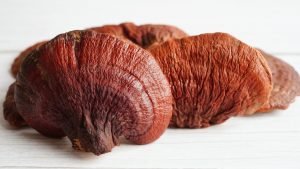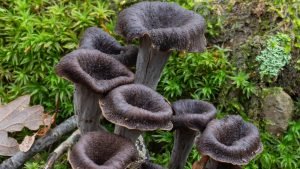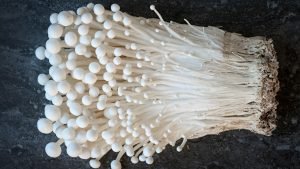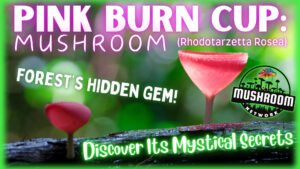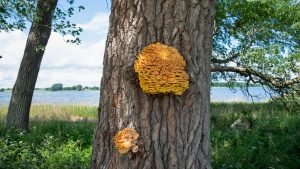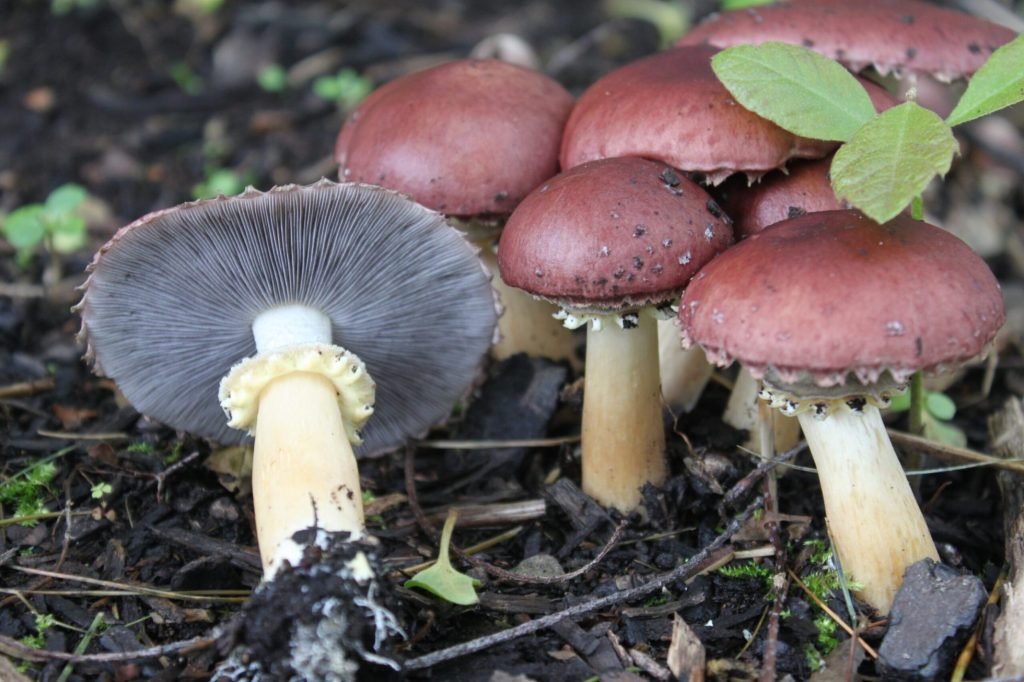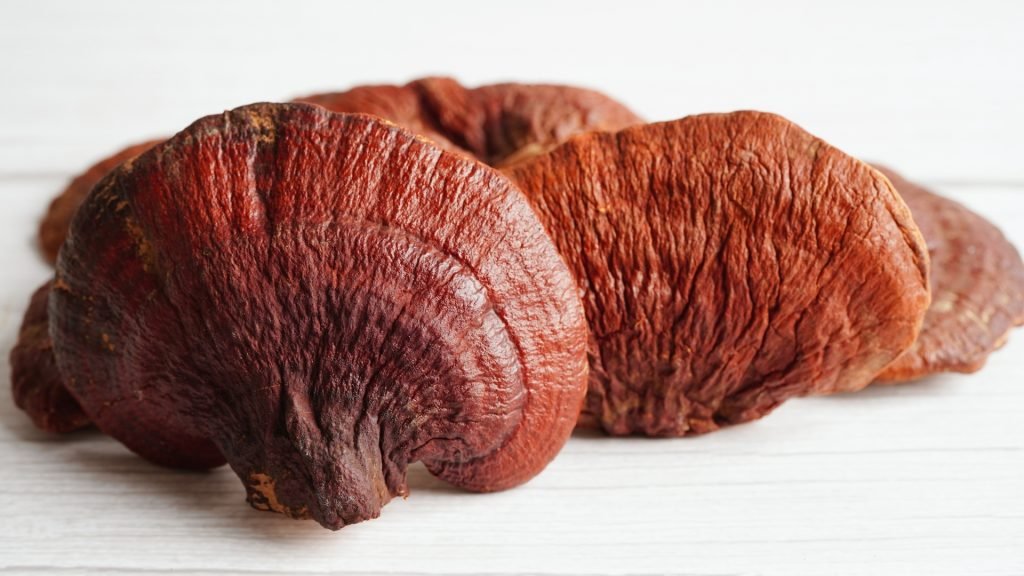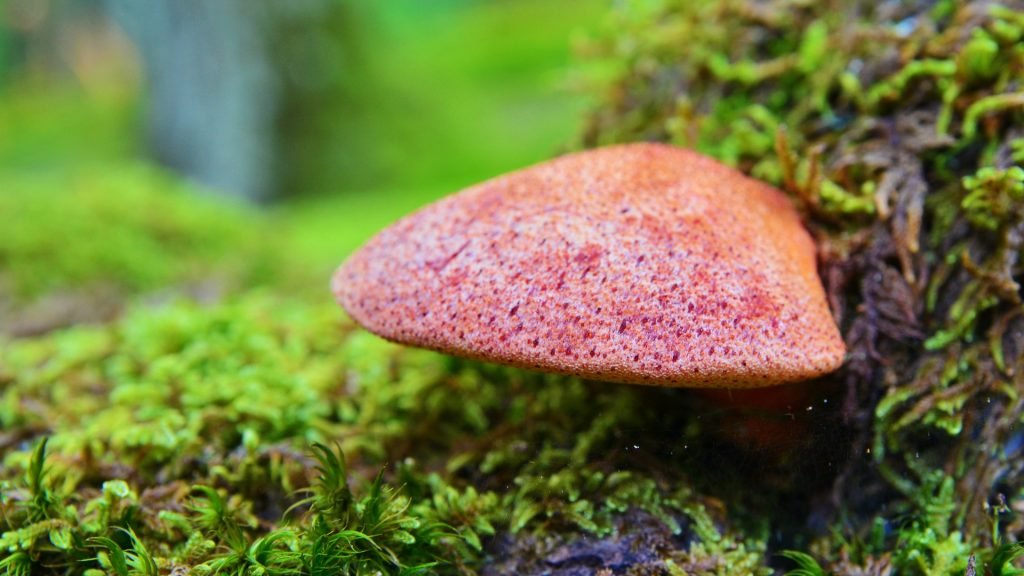Welcome, mycology enthusiasts and nature lovers! Today, we’re journeying into the quiet corners of oak woodlands to uncover the secrets of Lactarius Quietus, a mushroom that’s as intriguing as it is unassuming.
SCIENTIFIC NAME:
(Lactarius Quietus)
COMMON NAME(S):
Oak Milkcap | Tawny Milkcap | Quiet Lactarius | Whispering Milkcap
I-NAME:
????
Founding Mycologist/Discovered By:
-Unknown-
If you have information, please help us enrich our database!
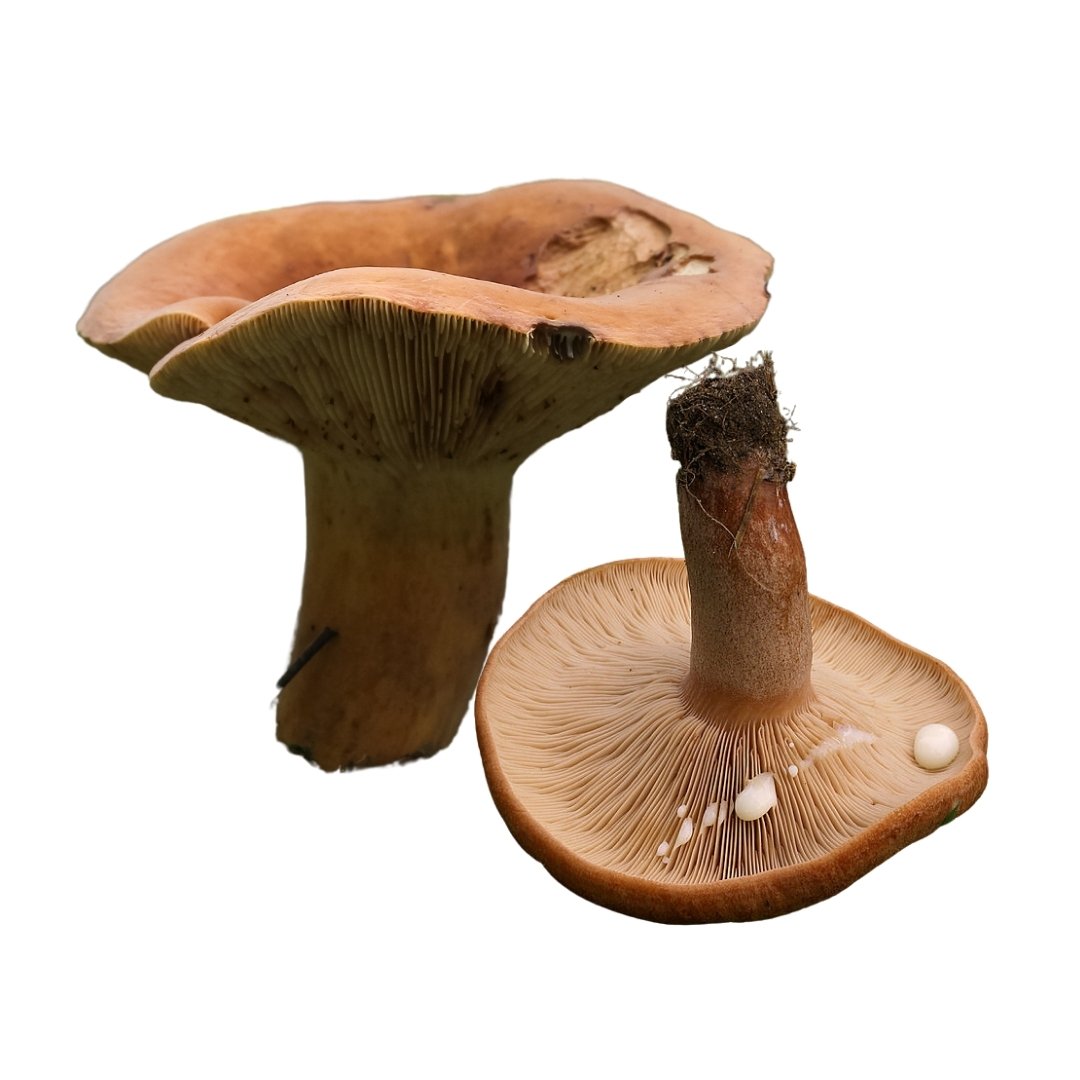
RECOMMENDED TEMPERATURES
Colonizing Temps:53.6° – 64.4°F | Fruiting Temps:59° – 69.8°F |
SPORE COLOR:
CREAM to PALE OCHRE
Step into the serene world of Lactarius Quietus, a modest yet captivating mushroom found in the dappled shade of oak forests. With its gentle presence and ecological significance, this species offers a unique window into the intricate relationships within woodland ecosystems. Its understated beauty, characterized by earthy tones and a delicate structure, invites a deeper appreciation of the often-overlooked members of the fungal kingdom. In this exploration, we’ll delve into its ecological role, cultural significance, and the mysterious allure that makes Lactarius Quietus a subject of fascination for mycologists and nature enthusiasts alike.
DESCRIPTION:
Lactarius Quietus displays a cap with shades ranging from tawny to rich brown, adorned with subtle concentric zones. Upon disturbance, its gills release a characteristic milky latex, distinguishing it from other forest fungi. The robust stipe supports the cap, and an earthy aroma emanates from it, further enhancing its woodland essence. This mushroom’s ability to blend into the forest floor with its muted colors and unobtrusive stature speaks to its adaptability and survival strategy in the competitive forest ecosystem.
INTENDED USES:



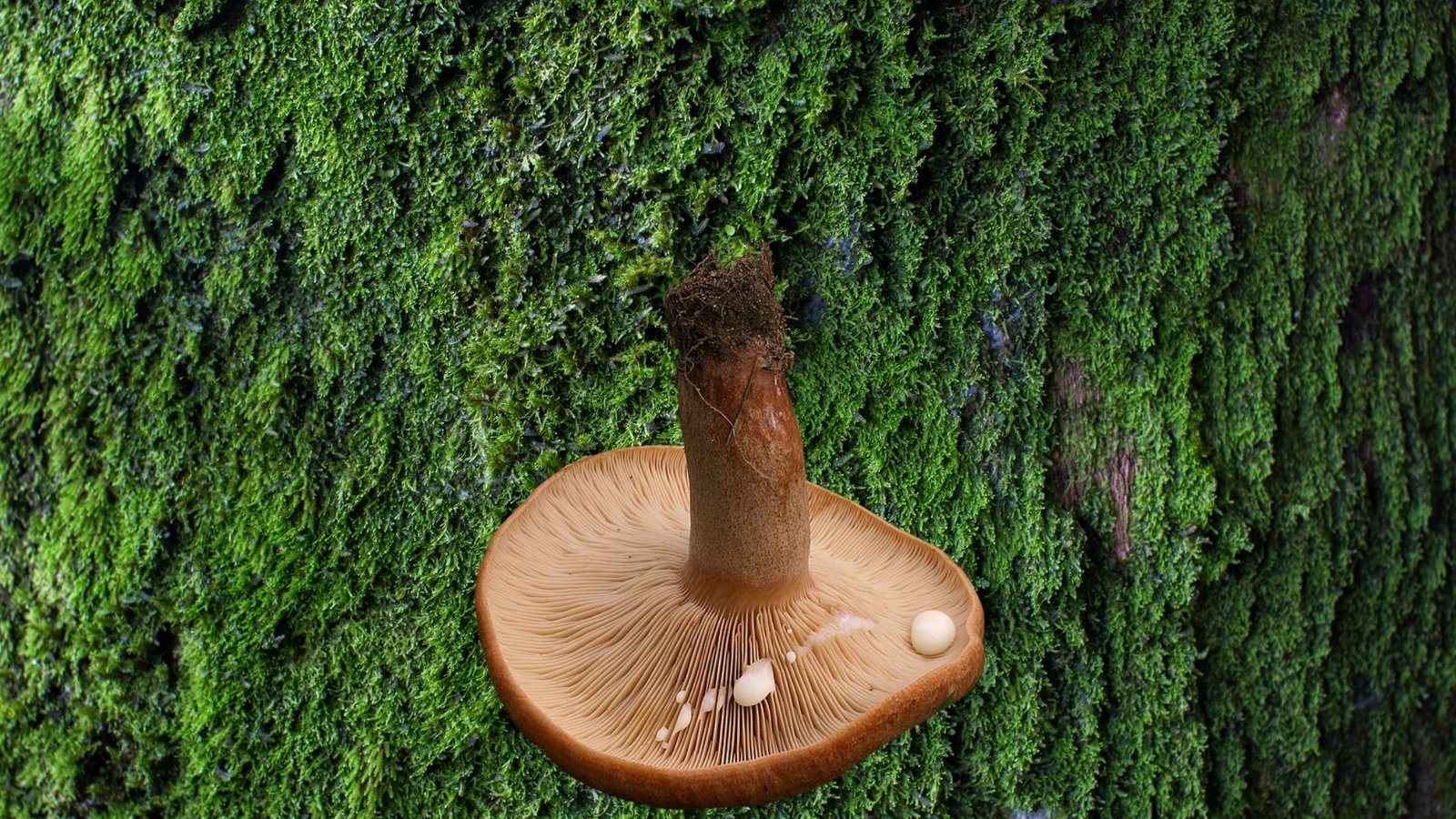
HABITAT AND DISTRIBUTION:
Lactarius Quietus thrives in oak woodlands, forming symbiotic relationships with oak trees. It’s commonly found in the damp, nutrient-rich soils of deciduous and mixed forests across Europe and North America. This mushroom’s preference for oak-associated habitats speaks to its specialized ecological niche and the delicate balance it maintains within these ecosystems.
ECOLOGICAL ROLE:
In the grand scheme of woodland ecology, Lactarius Quietus plays a vital role as a decomposer and a mycorrhizal partner. It aids in breaking down complex organic materials, thereby contributing to the forest’s nutrient cycle. Its role in maintaining soil fertility and supporting the health of oak trees showcases the interconnectedness and mutual dependence within forest ecosystems. The presence of Lactarius Quietus is often an indicator of a healthy, biodiverse woodland environment, where each species, no matter how small, plays a critical part in maintaining the ecological equilibrium.
GROWTH AND CULTIVATION:
Cultivating Lactarius Quietus presents a unique challenge for mycologists and enthusiasts. It requires specific conditions to thrive, including oak-based substrates and an environment that closely mimics its natural woodland habitat. Achieving successful growth entails balancing humidity, temperature, and light, creating a microcosm of the forest floor. For cultivators, replicating these conditions is not only a test of skill but also an opportunity to gain deeper insights into the complex life cycle and ecological needs of this fascinating species.
HISTORICAL & CULTURAL INFO:
The historical and cultural narrative of Lactarius Quietus is rich and varied. In folklore, it’s often associated with the mystical aspects of the forest, with its presence in oak groves lending it an almost mythical status. Across different cultures, it has been revered for its ecological importance and featured in various tales and legends. The cultural significance of Lactarius Quietus extends beyond mere superstition, reflecting a deep-rooted respect and understanding of the natural world and the myriad forms of life that inhabit it.
GENETIC LINEAGE/HISTORY:
The genetic lineage of Lactarius Quietus reveals its unique adaptation to specific ecological niches and its evolutionary journey alongside oak species. Genetic studies have shed light on its role within the Lactarius genus, highlighting its specific adaptations and contributions to forest biodiversity. As research continues, the genetic story of Lactarius Quietus is expected to provide further insights into its ecological significance and evolutionary history.
CHEMICAL COMPOSITION:
The chemical composition of Lactarius Quietus is a complex amalgamation of compounds, some of which are being explored for potential medicinal properties. Its latex-like sap, in particular, is a subject of interest in fungal biochemistry, with ongoing studies aiming to unravel its potential health benefits and applications.
MEDICAL PROPERTIES (if applicable):
Preliminary research into Lactarius Quietus suggests a range of possible health benefits. Its potential in enhancing immune function and acting as an anti-inflammatory agent has sparked interest in the medical community. As studies progress, the medicinal properties of Lactarius Quietus could open new avenues in natural health and wellness, emphasizing the importance of fungi in medical research.
CULINARY USES (if applicable):
In the culinary world, Lactarius Quietus is a niche ingredient, often used in traditional forest-based cuisines. Its unique, earthy flavor lends itself to rustic dishes, particularly stews and broths. While its slightly bitter taste may not appeal to all palates, it remains a valued component in traditional recipes, offering a taste of the forest’s bounty.
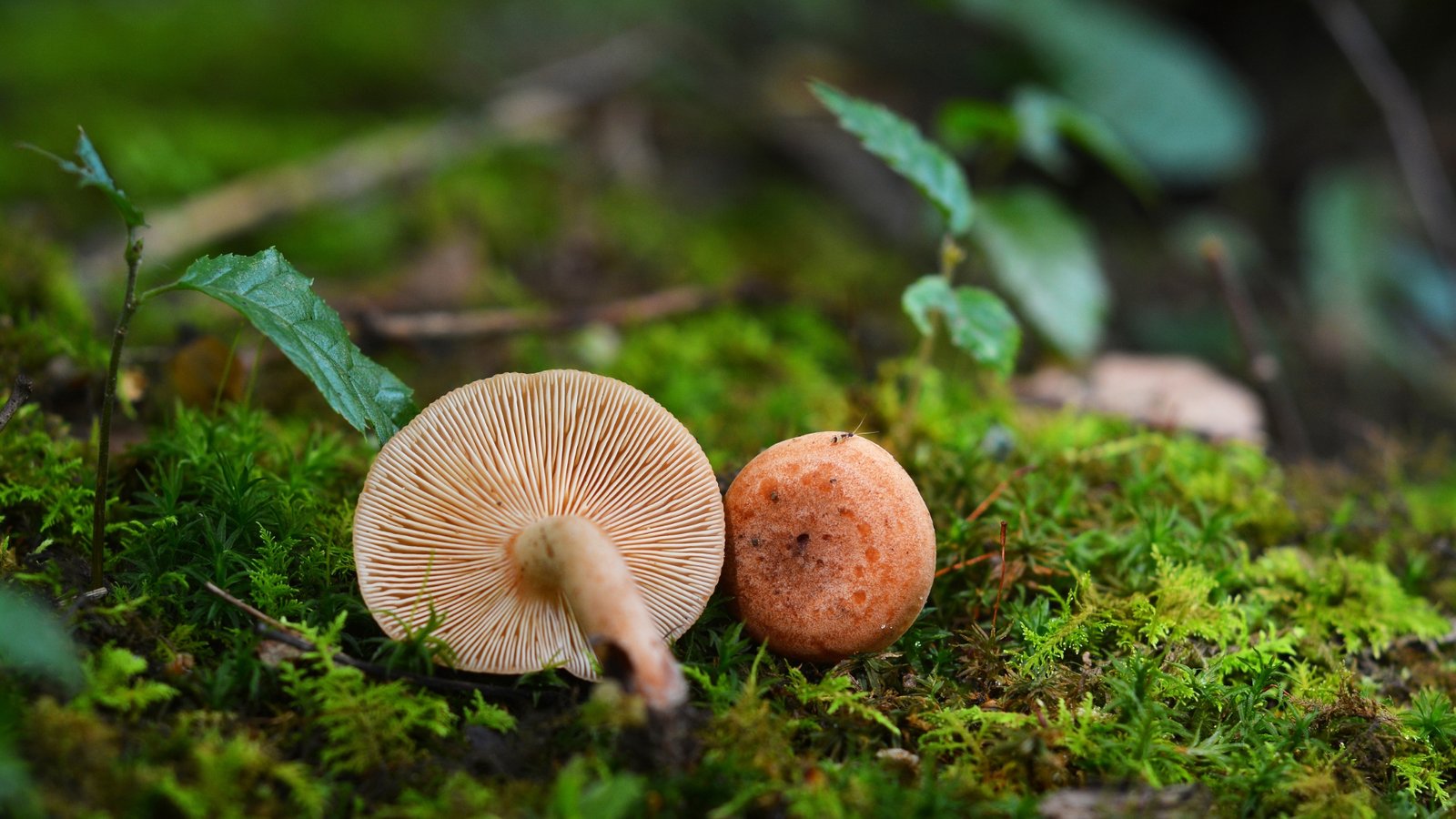
CAUTIONS & WARNINGS:
While Lactarius Quietus is not considered toxic, caution is advised in its identification and consumption. Its resemblance to other, potentially harmful species necessitates careful examination and expert consultation before use. As with all wild mushrooms, proper identification is crucial to ensure safety and avoid any adverse reactions. It is important to consult a doctor before consuming any mushrooms, especially if you have a pre-existing medical condition or are taking medication.
FINAL CONSIDERATIONS:
Explore the world of Lactarius Quietus in our vibrant 🍄 Marketplace. This mushroom’s unique attributes and ecological significance make it a fascinating subject for study and appreciation. Join our community of mycologists, enthusiasts, and nature lovers in discovering the hidden wonders of the fungal kingdom, and connect with our dynamic network of genetics and expert vendors. Embrace the quiet mystery of Lactarius Quietus and uncover the secrets it holds within the forest’s embrace.
Don’t forget to check out the 🍄 Mushroom Network’s Marketplace to see what’s available. But hurry, our shelves are constantly evolving, and you wouldn’t want to miss out on this wonderful mushroom. Join our growing network of Patrons, Genetics, and Mycologist Vendors only on the 🍄 Mushroom Network!
FAQs:
While not toxic, its mild bitterness makes it less desirable for culinary use.
It plays a key role in nutrient cycling and forms mycorrhizal relationships with oak trees.
It thrives in oak-based substrates with controlled moisture and temperature.
There’s potential for its latex-like sap to be used in natural dyeing.
Its association with oak trees and its unique chemical properties set it apart.
MYCO-CLOSINGS:
As the leaves rustle and the oaks stand tall, Lactarius Quietus continues to weave its story in the forest’s lore. Keep exploring, and may your mycological journey be as enriching as the oak’s shade!
Related Articles:
Oak Milkcap (Lactarius Quietus)
Welcome, mycology enthusiasts and nature lovers! Today, we’re journeying into the quiet corners of oak...
Read More...Other Mushroom Species To Research:
Red Reishi (Ganoderma Lucidum)
Welcome to the illustrious world of fungi, where each mushroom carries its own unique story...
Read More...Black Trumpet (Craterellus Cinereus)
Greetings, fungal aficionados and nature lovers! Today, we embark on a fascinating exploration of Craterellus...
Read More...Enoki (Flammulina Velutipes)
Welcome to the intriguing world of the Enoki mushroom, a culinary delight and a scientific...
Read More...Pink Burn Cup (Rhodotarzetta Rosea)
Welcome, dear mycophiles and curious minds, to our Pink Burn Cup (Rhodotarzetta Rosea) Data Page!...
Read More...Other Recommended Reads:
Pink Oyster (Pleurotus Djamor)
Scientific Name: Pleurotus Djamor COMMON NAME(S): Pink Oyster | Salmon Oyster | Indian Oyster |...
Read More...Colors in the Woods: A Mycologist’s Guide to Spotting the Brightest Fungi
For those wandering through the verdant woods, nothing captures the eye quite like the sudden...
Read More...The Alluring World of Agar: A Deep Dive
Deep beneath the forest canopy, in the shadows of decay, lies a realm that many...
Read More...The Mighty Cordyceps: From Parasite to Medicine
About This Article: From parasite to powerhouse! 🌿🍄 Discover the journey of Cordyceps militaris and...
Read More...Whoa there, Spore Sport! 🍄 Looks like you’re not logged in yet. Don’t you know what you’re missing? MYCO-CREDITS! Imagine all the fungal fun you could have. It’s like finding a Morel in May and not picking it. Tragic, right? Log In or Become a Myco-Patron and start racking up those credits. It’s more rewarding than finding a mushroom in your backyard! 🌟🏡

